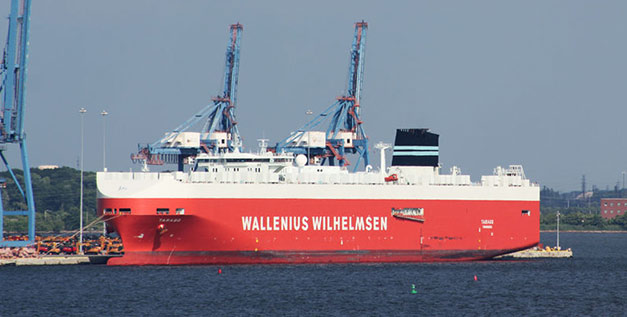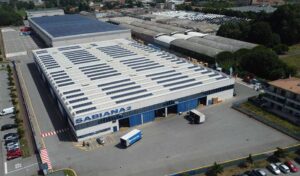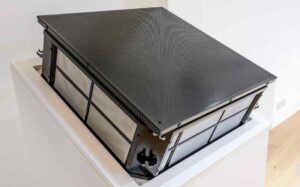Wilhelmsen finds success with R407F
18th December 2016NORWAY: Leading global maritime industry group Wilhelmsen is backing the lower GWP refrigerant R407F as a compatible mixture in existing R404A systems.
Writing on the company’s website, Wilhelmsen’s technical product manager, refrigerants and refrigeration, Svenn Jacobsen said: “With the phase out of R404A refrigerant now gathering pace, due to its sky-high global warming potential (GWP), the search for an environmentally friendly alternative is more pressing than ever.
“We believe that we have discovered an ideal low cost replacement, and it has actually been available all along.”
Tests carried out at Wilhelmsen’s Singapore facility on mixtures of R404A/R407F are said to have convinced him that R407F offers almost identical performance to R404A and benefits from using the same type of oil.
Sold by Honeywell as Performax LT, R407F has a GWP of 1824. While still high, it is a considerable improvement on R404A’s GWP of 3922.
Although confident the refrigerant would work, Svenn Jacobsen admits to being taken aback by results of the company’s tests.
“Finding that we could add R407F to a system running on R404A with no loss of performance, or compatibility issues when it comes to the compressor, evaporator or condenser, was a very pleasant surprise,” he writes.
“Tried and tested in both an AC and low temperature system, R407F also dispenses with the expensive and time-consuming need to recover the existing R404A. So it’s a win, win for owners,” he adds.
With an onboard system typically using 300-400kg of refrigerant, Jacobsen estimates that the removal and recovery of R404A and replacement with a complete charge of R407F could be as high as $16,000.
“Factor in the destruction of the original gas and the time to recover, vacuum and re-charge the system, along with the hassle of cylinder handling and the proven compatibility of R407F becomes even more valuable,” he adds.
Jacobsen maintains that adding R407F to a system running R404A would be permissible by all flag states, except the USA, where the mixing of refrigerants is forbidden.
However, additional paperwork would be required when mixing gases. Several countries require that the refrigerant type used in a system must be stated on the nameplate. This includes stating the original refrigerant and initial charge, the amount of new refrigerant added to the system, and a logbook kept and updated to verify the amount of R407F added.
More information here.








